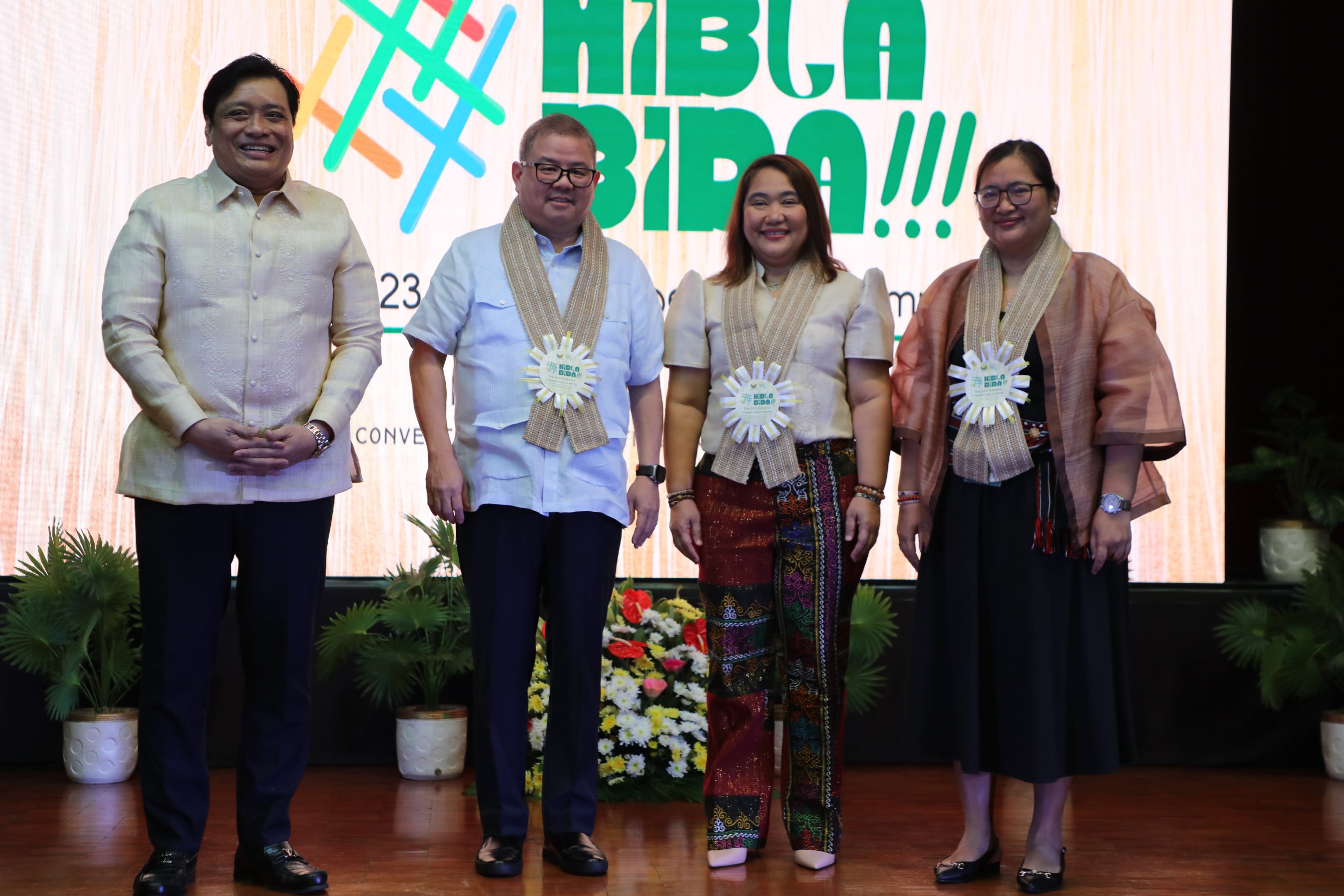
The Philippine Fiber Industry Development Authority (PhilFIDA) recognized the significant contribution of Philippine fiber crops to the economy and agricultural landscape during the National Fibercrops Summit on November 14, 2023 at the DA-BSWM Hall.
With the theme “Hibla Bida,” the summit focused on priority fiber crops like abaca, cotton, piña, salago, and silk. Despite being non-food crops, fiber crops provide numerous livelihood opportunities for many communities in the Philippines.
In a message conveyed to the National Fibercrops Summit, President Ferdinand Marcos, Jr. affirmed his support for PhilFIDA’s efforts to promote the expansion of the natural fiber industry. He said the national government remains steadfast in advancing economic prosperity in rural communities.
“As we stand at the crossroads of agricultural innovation, let this summit be a testament to our shared commitment to shaping a resilient and flourishing future for your industry. I trust that this gathering will be a conducive platform where ideas flourish, collaborations thrive, and the seeds sown today blossom into a harvest of success for our nation,” he said in his message delivered by Presidential Communications Office Secretary Cheloy Garafil.
Echoing the president’s message, DA Secretary Francisco Tiu Laurel, Jr. assured local fiber-crops growers and allied industries of his agency’s full support as it continues to respond to the needs of the fiber crops sector.
“As head of the Department of Agriculture, I will support PhilFIDA’s initiatives. I assure our collaborating partners—the farmers, private companies and organizations, government agencies, and other relevant partners—that DA will help protect, preserve, and promote our distinctive and high-quality Philippine fiber crop products so they will be recognized and accepted in the global market,” he stressed.
Towards the end of the program, a fashion show featuring the works of renowned Filipino designer Maria Fernandina “Ditta” R. Sandico was also held. Sandico is known for her use of abaca, cotton, and piña as materials to create clothes that epitomize Filipino artistry and culture. # # # (Ira Y. Cruz, DA-AFID)













